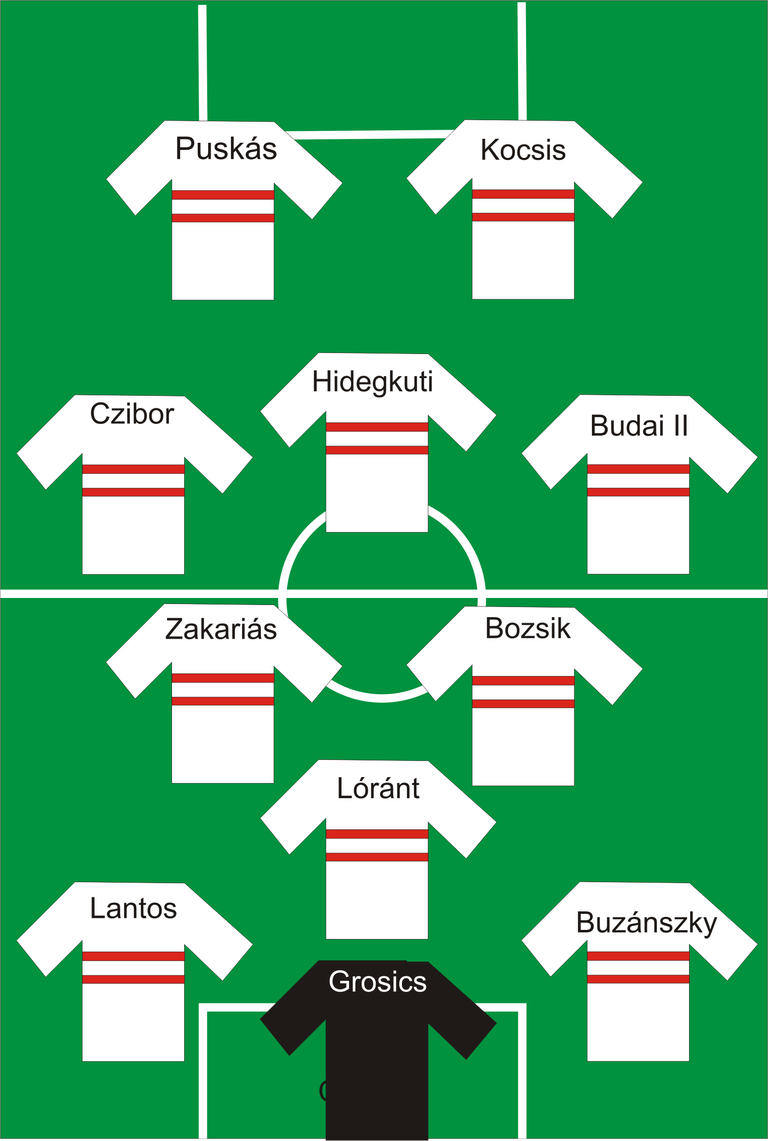What Happened To The Classic Number 10? - What Is The Classic Number

Football has gone more complicated than ever. We no longer seem to have that classic number 10 player who occupies zone 14 and then gives a through ball to the striker for the goal.
What Is Zone 14?
If you are not aware, a football pitch is divided into a six-by-three grid with a central strip as wide as the six-yard box. Zone 14 is the central area just outside the six-yard box.
What Is A Classic Number 10?
The 90s generation and before have a clear view of what that is even without the terminology. The answer is that it is a player with specific requirements. This can be summed up as the following:
A skilled player
Playing in the space behind the attackers
He is one in charge of preparing the attacking play for the team
Ability to break defense with a single pass from the central area
Euro 2000 And Beyond
The clearest examples of players like that can be seen during and after Euro 2000. Totti, Riquelme, Zidane, Rivaldo, Kaka, and players that are able to do that, not the entire season but regularly throughout the season. Just enough for us to associate the role with them.
The Issue With The Classic Number 10
The most important characteristic in that role is the player's ability to break defense with a single pass from the central area. Think of Ozil's pass to Cristiano Ronaldo in the 21 April 2012 El Classico. Or simply that FIFA/PES through ball.
If you apply all the characteristics, including the one we just mentioned, you would find them to apply to many players. However, the issue isn't the ability as much as it is something else.
The Creation Of The Number 10
When football started, a team was divided into two groups, a group with the task of preventing a goal and one with the task of scoring goals. A third group later joined with the task of connecting the two. It was just that simple with the rest depending on players' ability to improvise.
There weren't real roles at the time. There were only defenders, midfielders, and attackers. The closest thing we saw after that was Herbert Chapman's WM formation or 3-2-2-3 in the mid-1920s. We will talk about this later, but it was the first formation aiming to exploit the space behind the attack, more specifically the area we now call "Half-space".
Nándor Hidegkuti
In 1953 Hungary beat England 6-3 with Hidegkuti scoring a hat trick in what later became known as "Match of the century". Why was he able to do so? The defensive style at the time was man-to-man, but Hidegkuti was dropped from being at the far end to playing in zone 14. His marking man was a defender who couldn't follow him and if he did he'd leave the area behind him exposed.
This was wildly credited as the time the role false 9 was introduced. However, the Hungarian coach Márton Bukovi later created the WW formation or MM depending on what angle you're looking at it. While Chapman's WM was 3-2-2-3, Bukovi's WW was 3-2-3-2 with Hidegkuti occupying the center part of the second 3.
The Freedom Of The Role
The role or position caught on and kept evolving, especially during the 80s. With the point of it aiming to exploit the area behind the attackers, the classic number 10 could stand centrally or move into the wing making him tough to mark. However, the area required the player to have the skills and ability to keep the ball.
The 2002 World Cup final gave us a clear example with emphasis on the position as Brazil player 3-4-1-2 with Ronalndiho playing that role and Germany played Bukovi's 3-2-3-2 with Bernd Schneider playing that role. The 2006 World Cup final between France and Italy also had that with both teams playing 4-2-3-1 with Zidane Totti occupying the role respectively.
In Conclusion
The Classic Number 10 as a role can be seen in 4-4-2 as one of the strikers dropping. It is a role that evolved with the game and seemingly dying as I will explain later. However, many titles were won thanks to that role alone.

Formation and tactics are something that made the whole number system in football meaningful.
Yet, what I think,a coach/manager of a club focuses on a gameplan and in that plan, either number 10 or 7 plays the pivotal role,both in the systems of attack and on the times of sudden defense.
But in recent times, some events make this a glam to watch,like superstars occupying a certain number on their back of a jersey all during their career.
As if the number is universal below the name-plate of their jersey.
Haha!!
Yeah, this will come up in future installments.
You're not wrong, it becomes part of their brand. CR7, M10, LM10 and so on.
Ha ha..You got it so right and nice to see the examples of jersey number that became a brand.
One thing for sure.Just numbers dont made them popular, its the man on the jersey who came through serious dedication and hard work to be in that position.
Amyway,thanks for having the wit to pick up the fizz.,😀
A while ago a friend and I talked about how the number 10 position seems to be extinct with the new tactics and formations modern day football offers . The number 10 playing position role in my opinion as evolved into the number 8 Position, with that player able to roam round the pitch and finally drop killer passes for the man upfront.
It was broken down into separate positions, 2 8s, also the role was handed to certain kinds of inverted wingers, Messi is an easy example, Bernardo Silva is another, also the false 9 as we saw Foden/Firmino this season.
You’re very correct. Football dynamics is just intriguing. Even nowadays the outfield player , the Gk has to be a ball playing one to fit in to the tactical plans.
Congratulations @amirtheawesome1! You have completed the following achievement on the Hive blockchain and have been rewarded with new badge(s):
You can view your badges on your board and compare yourself to others in the Ranking
If you no longer want to receive notifications, reply to this comment with the word
STOPCheck out the last post from @hivebuzz:
Support the HiveBuzz project. Vote for our proposal!